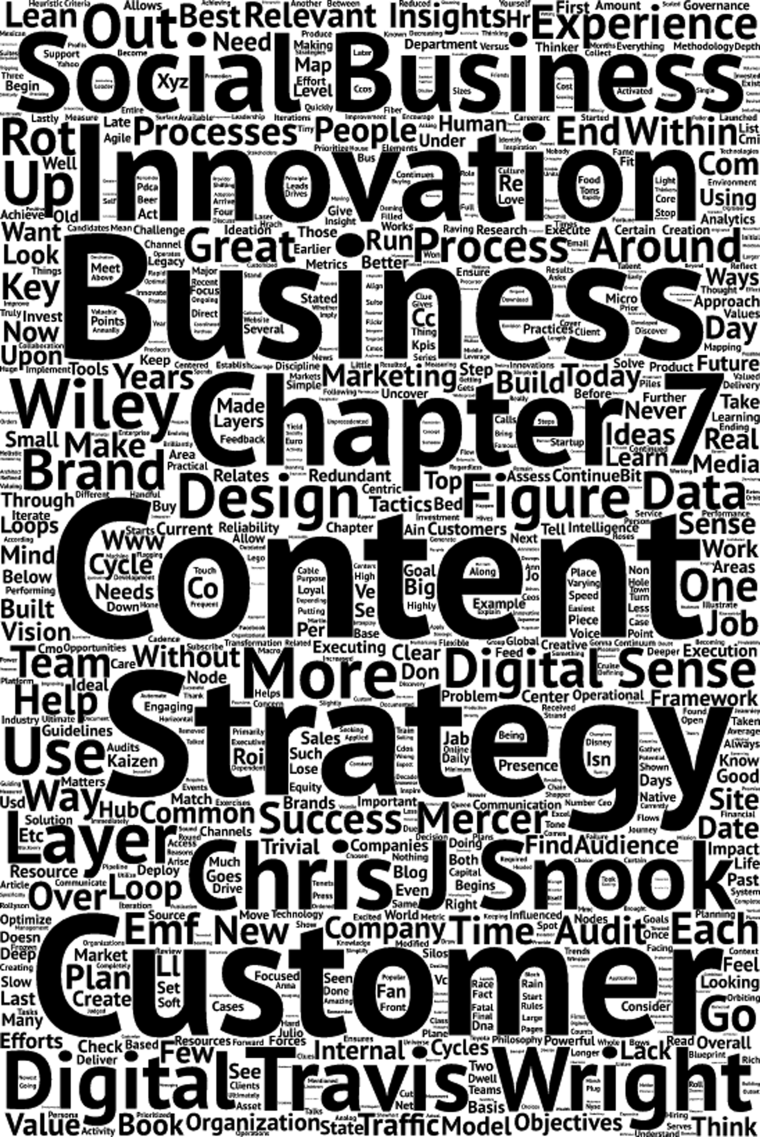
7The Success Layer
“Success is not final. Failure is not fatal: it is the courage to continue that counts.”
—Winston Churchill
The EMF has been influenced by a DNA strand that comes from a deep admiration by both of us for the Japanese philosophy of Kaizen, which was made most famous in the late 1980s by the Toyota Production System. Kaizen was the precursor to the widespread adoption of the lean-manufacturing movement and continues to inspire innovation today, as the last decade has seen an immense amount of use and press around the lean startup, lean design, and lean everything movements.
The Kaizen process has been known as the Deming Cycle, the plan-do-check-act (PDCA) cycle, and the Shewhart Cycle, but regardless of vernacular, centers around the interplay of these four tenets: Plan, Do, Check, Act. Kaizen is a philosophy for constant and never-ending improvement.
In the Success Layer (Figure 7.1), we have chosen to simplify that a step further into a slightly modified and customer-centric model of Learn. Plan. Do. We have ordered it this way because, as you read earlier in this book, the first guiding principle of the EMF is that direct customer knowledge drives tactics. While you are executing you will need to prioritize learning from your customer and your macroforces environment in real time, because the business environment today is shifting and evolving so quickly. ...
Get Digital Sense now with the O’Reilly learning platform.
O’Reilly members experience books, live events, courses curated by job role, and more from O’Reilly and nearly 200 top publishers.

